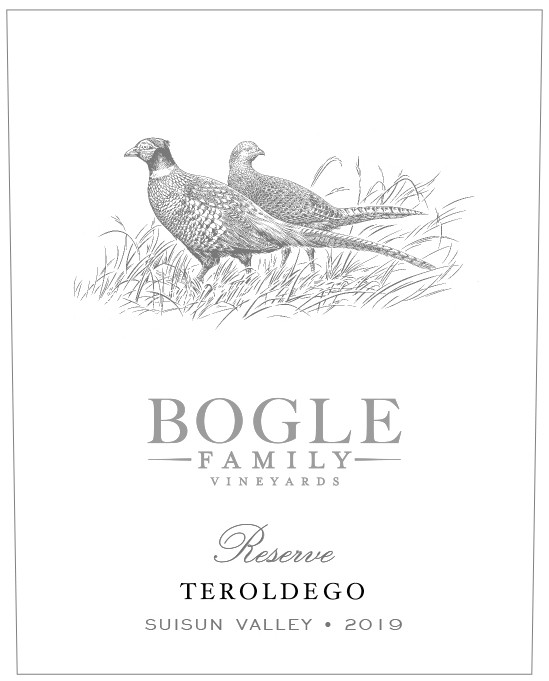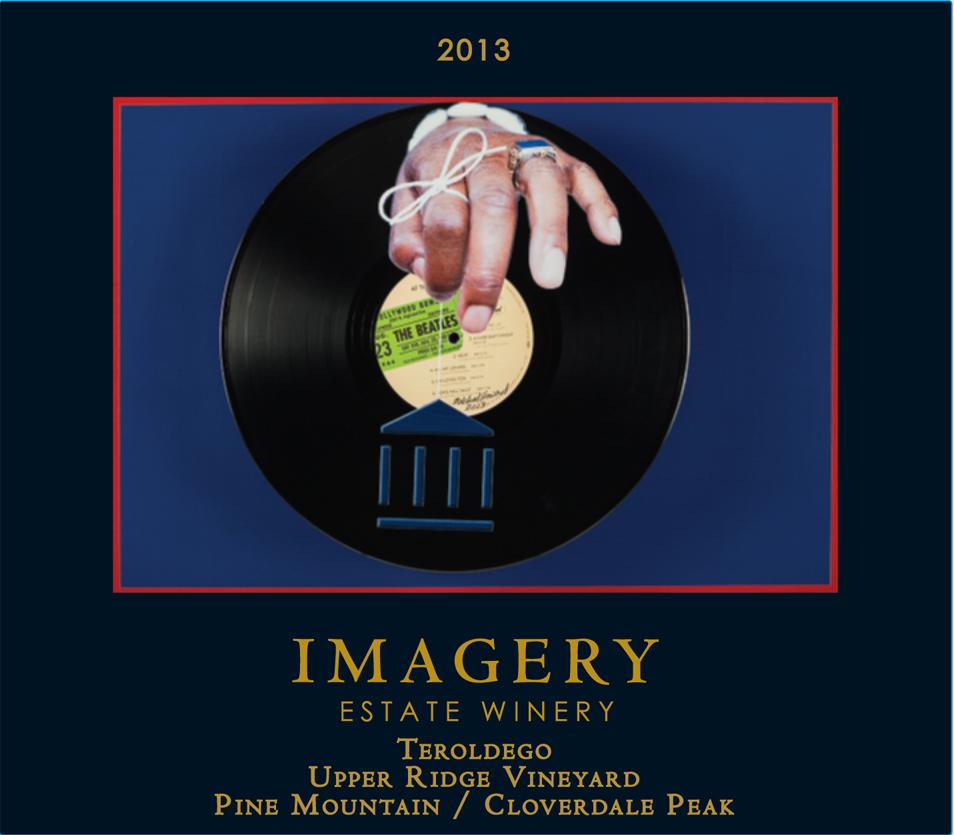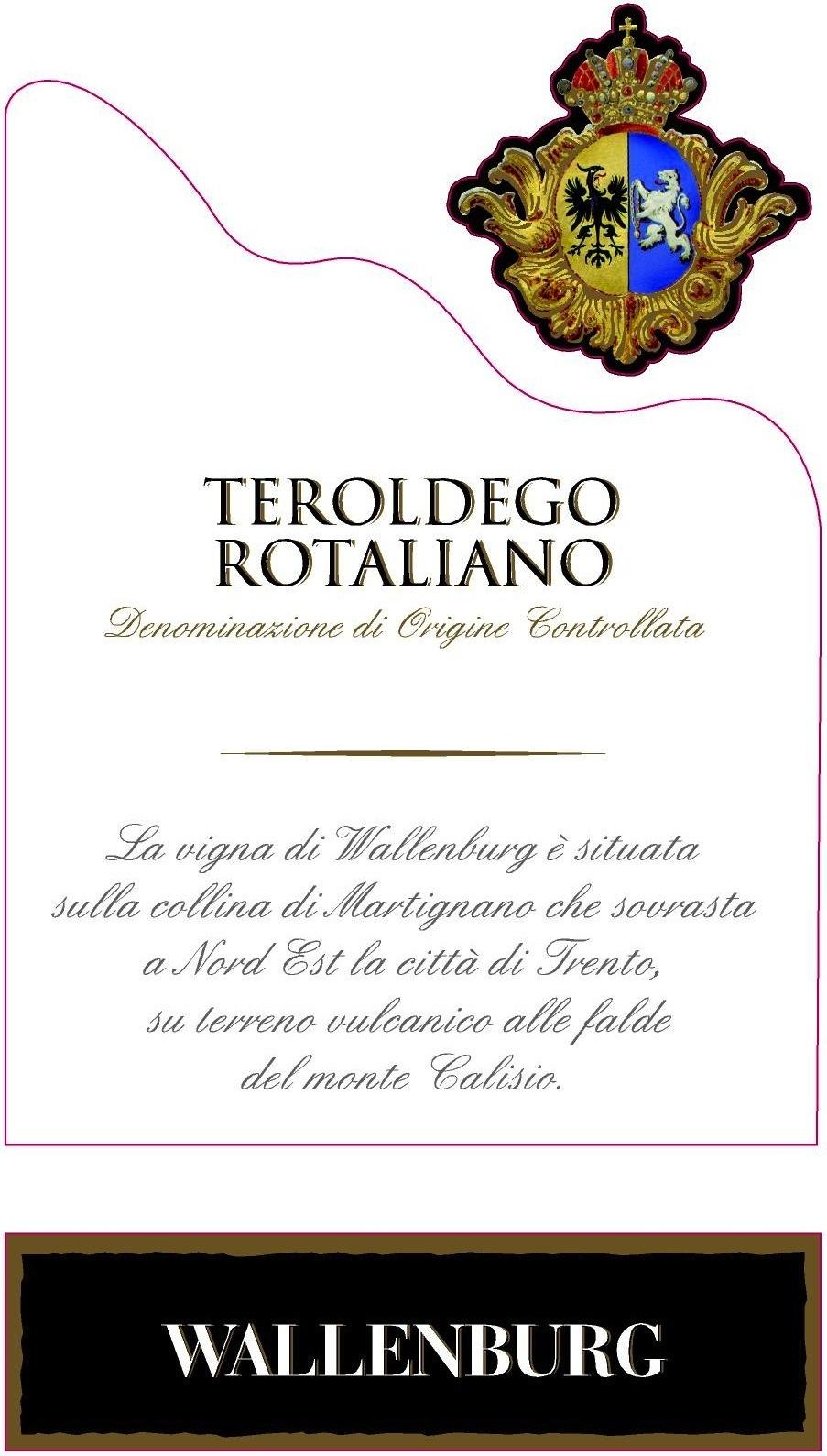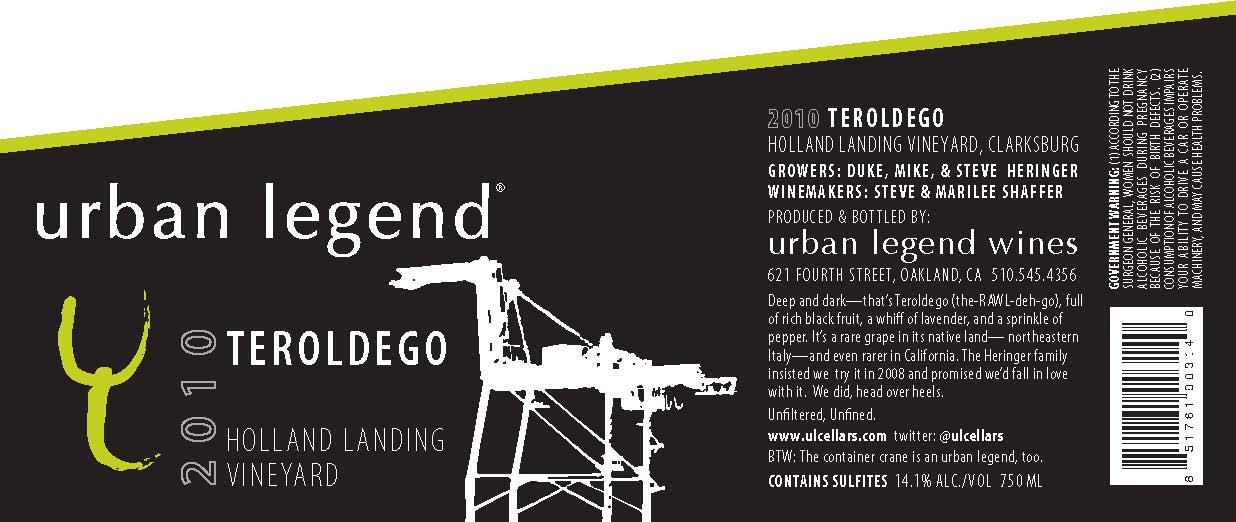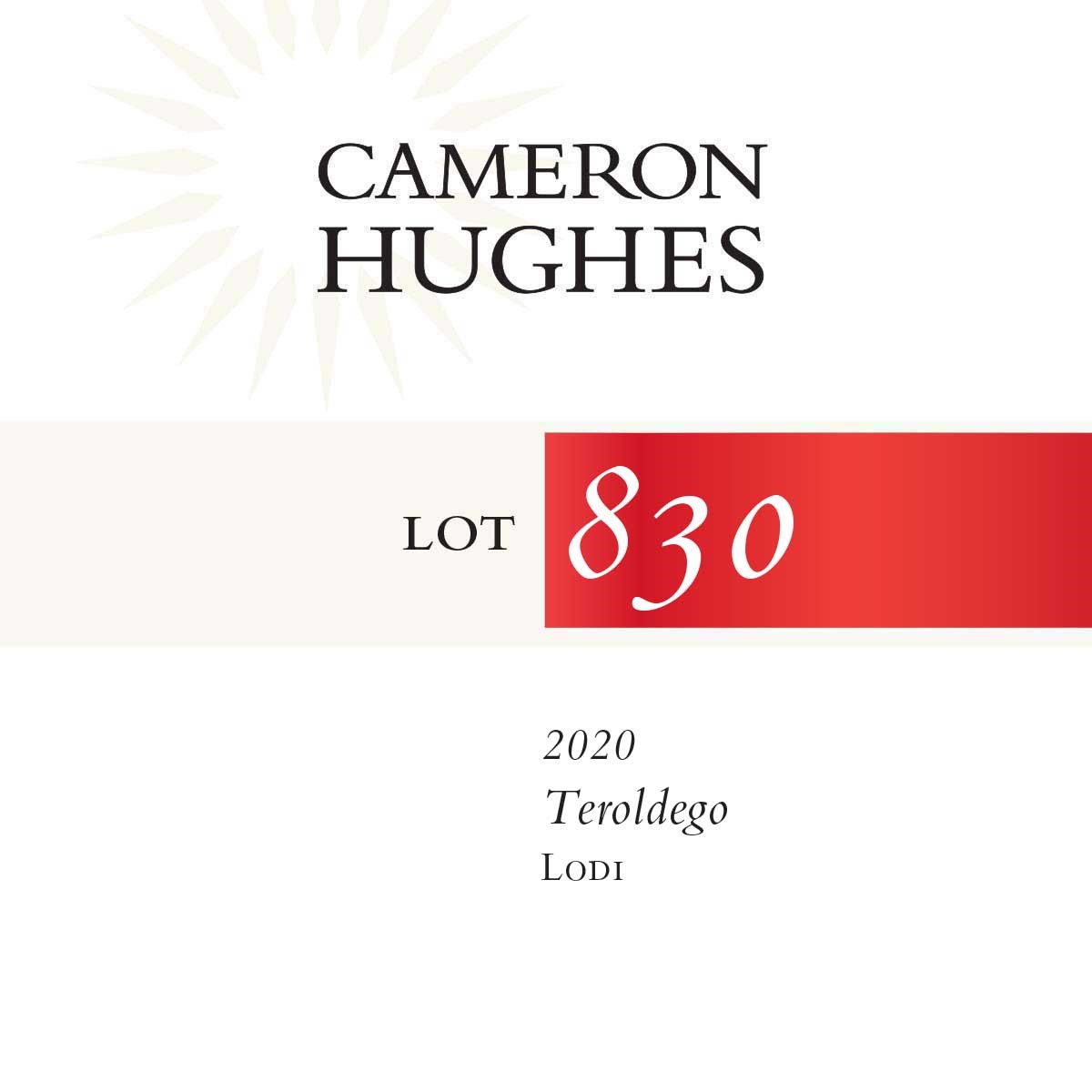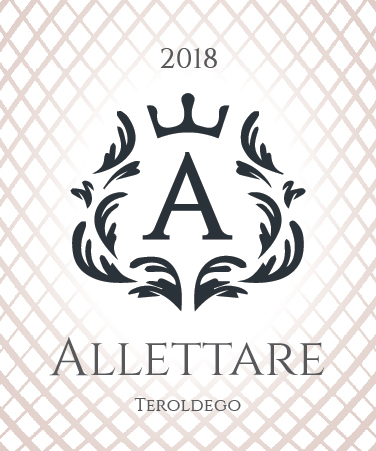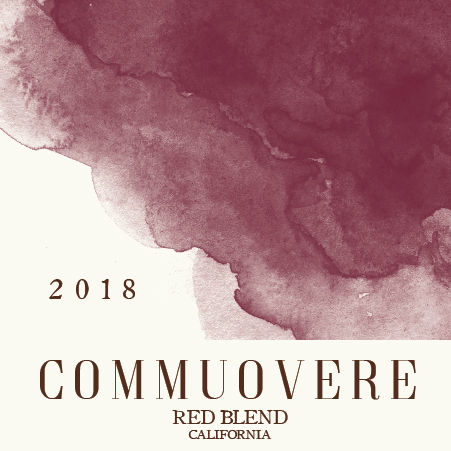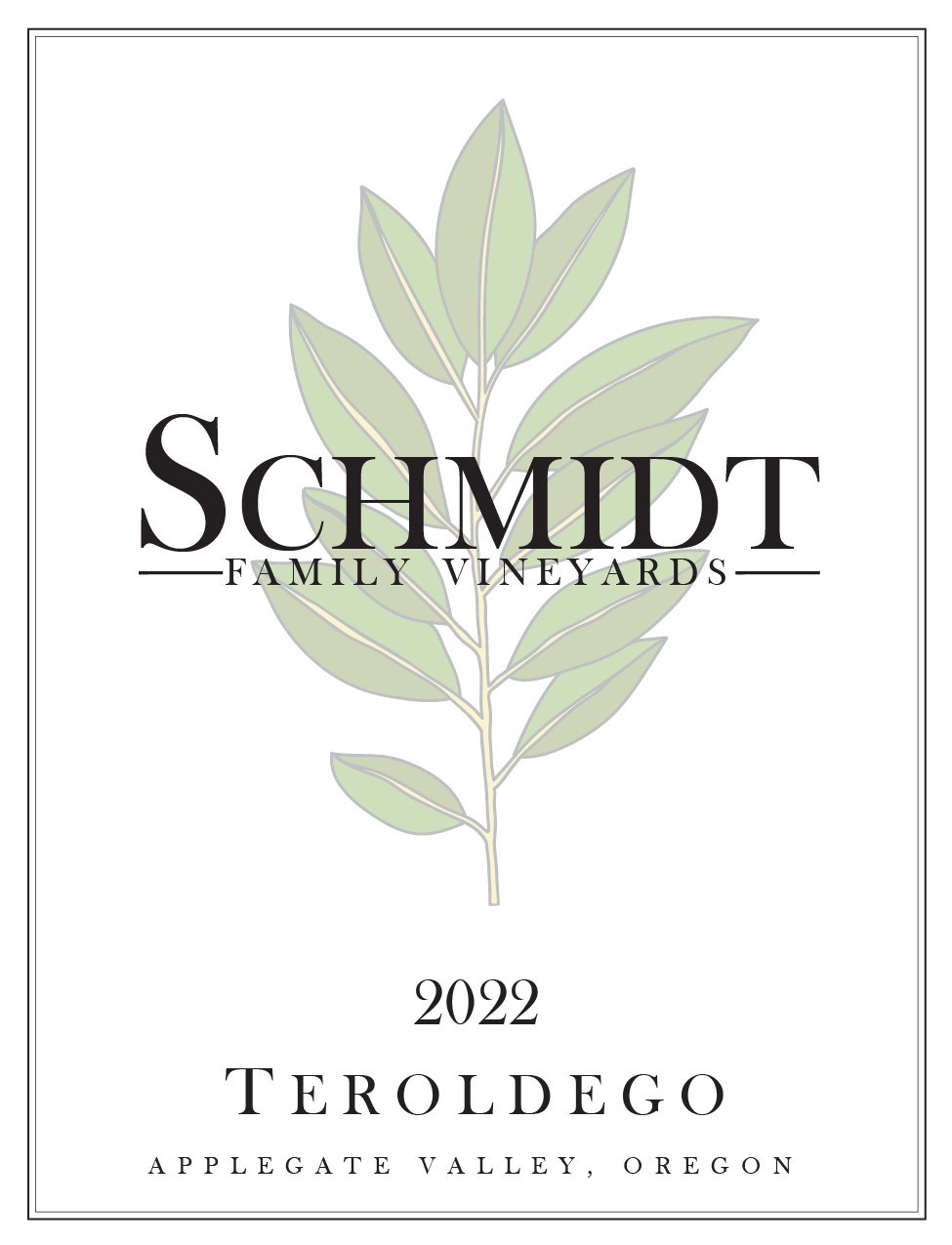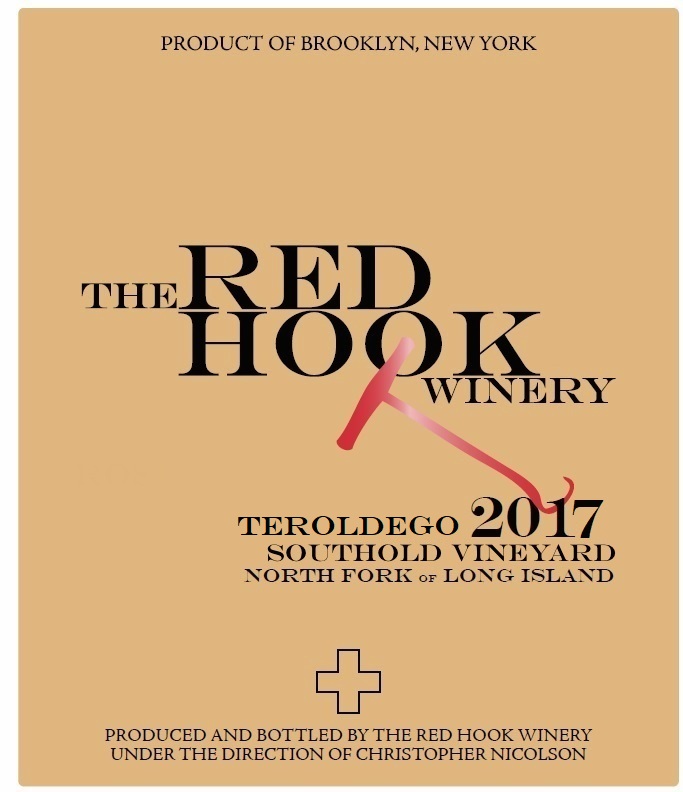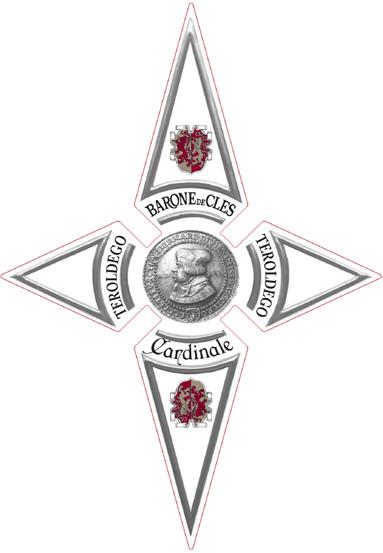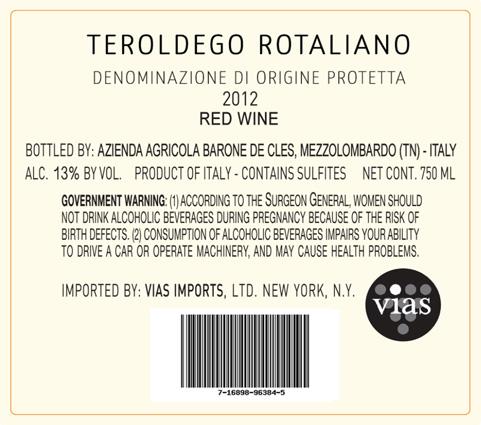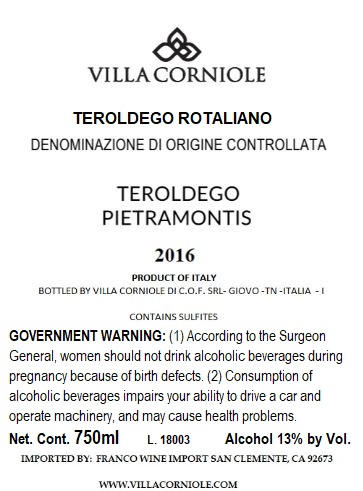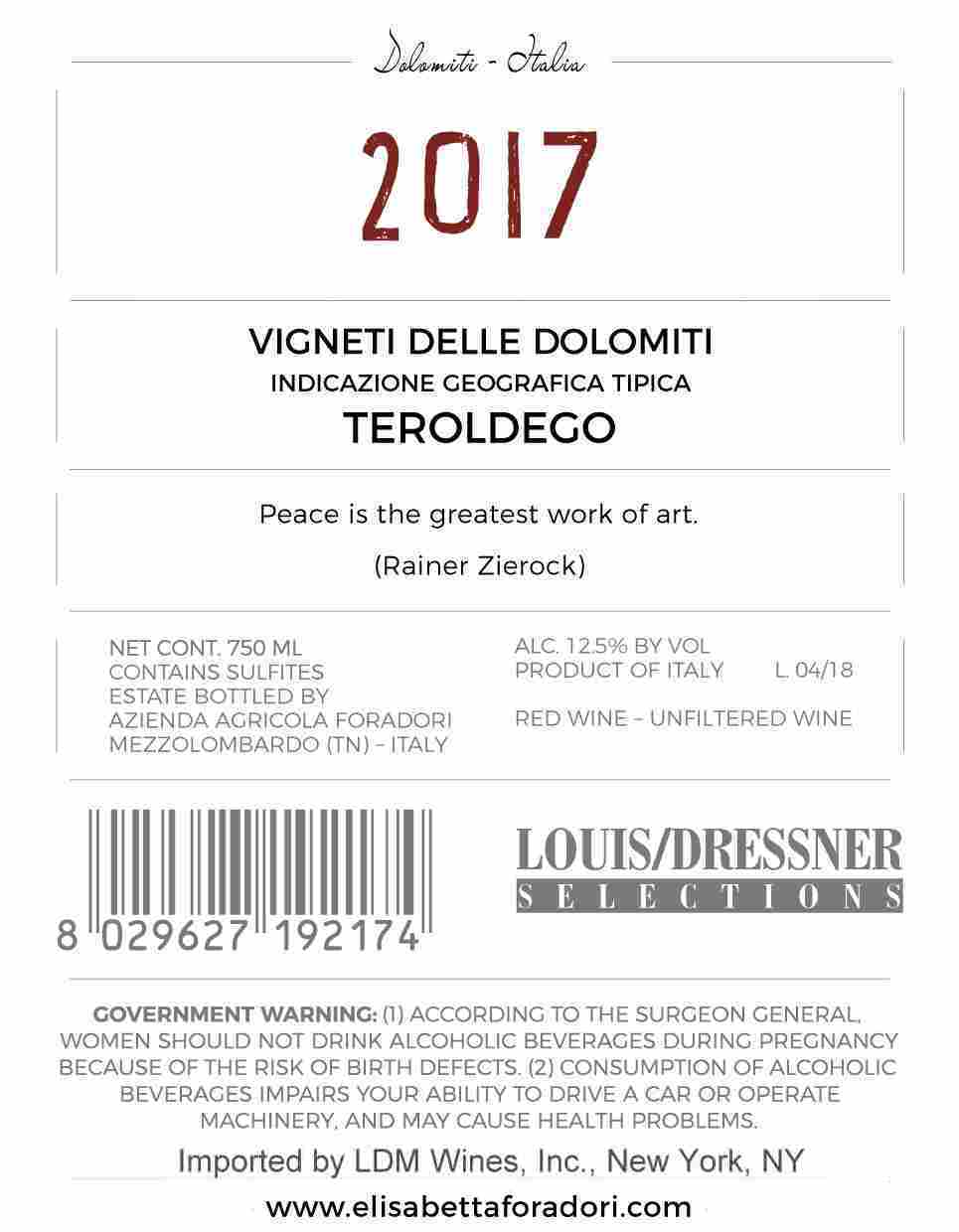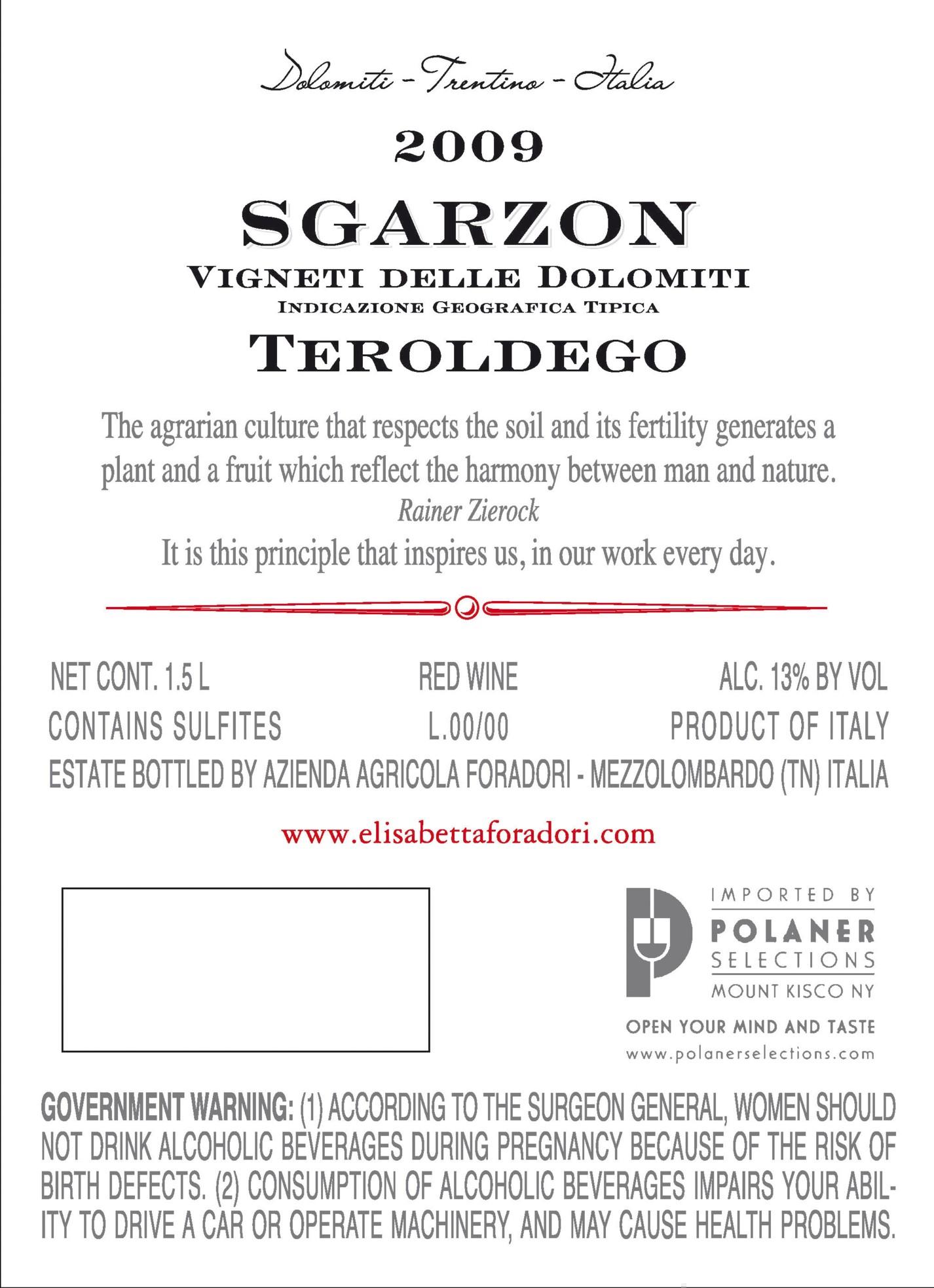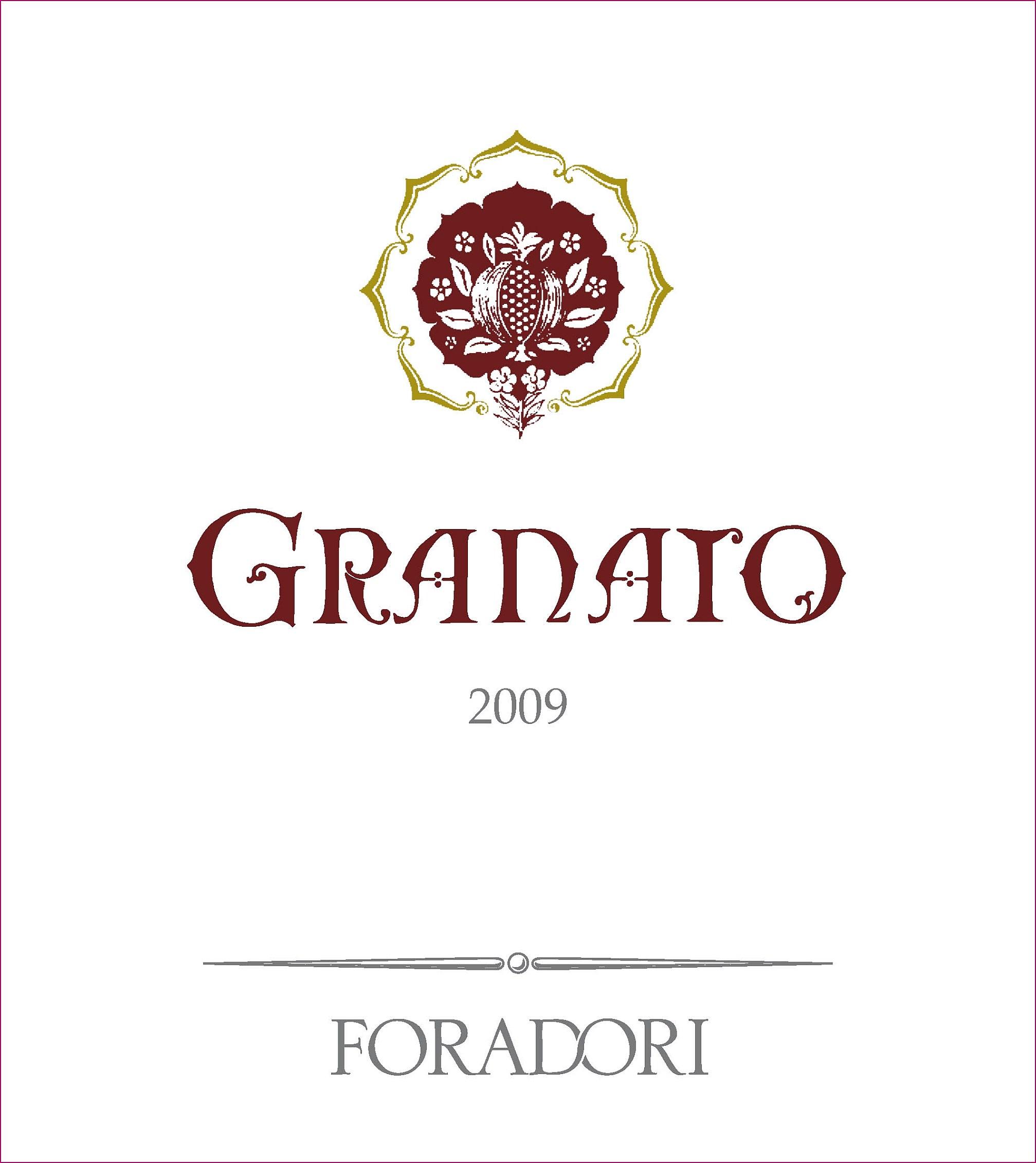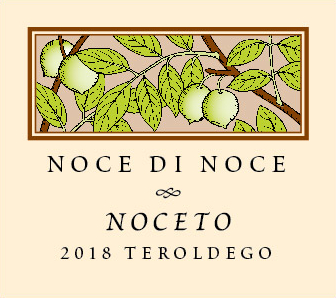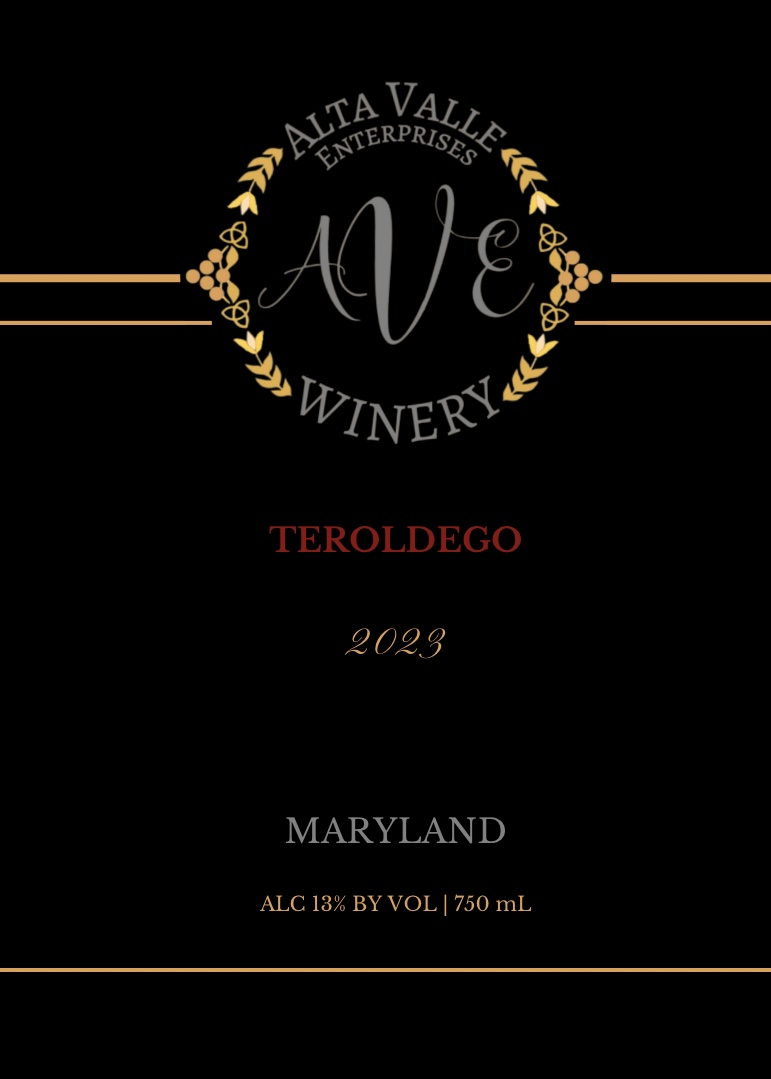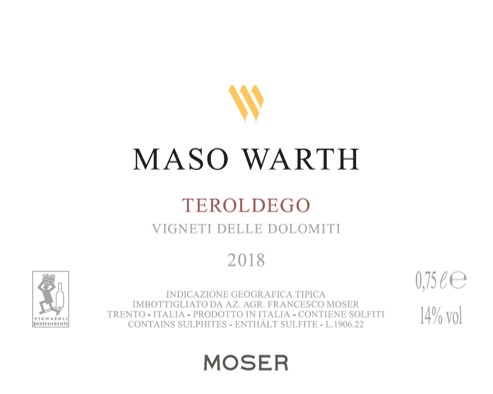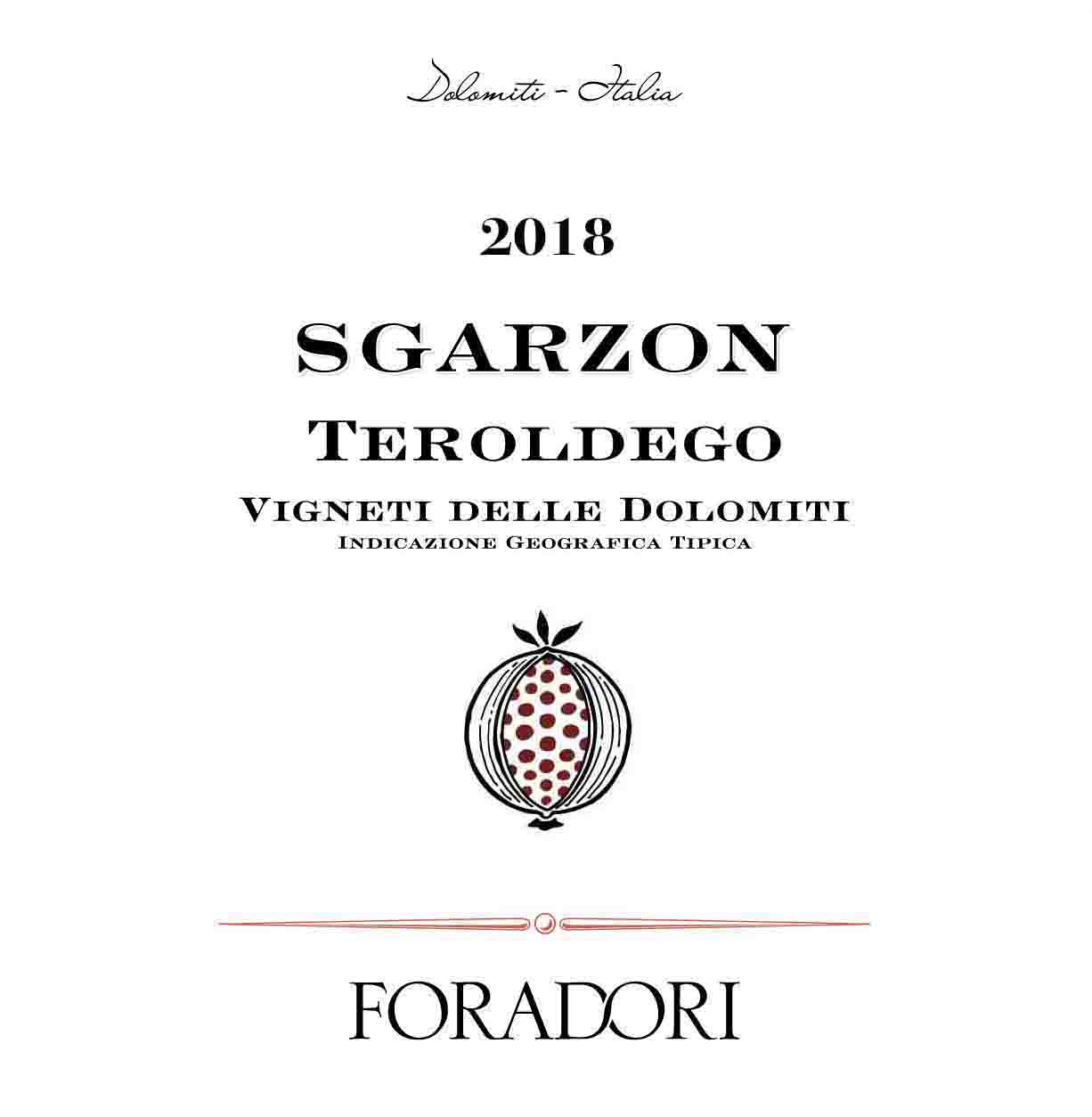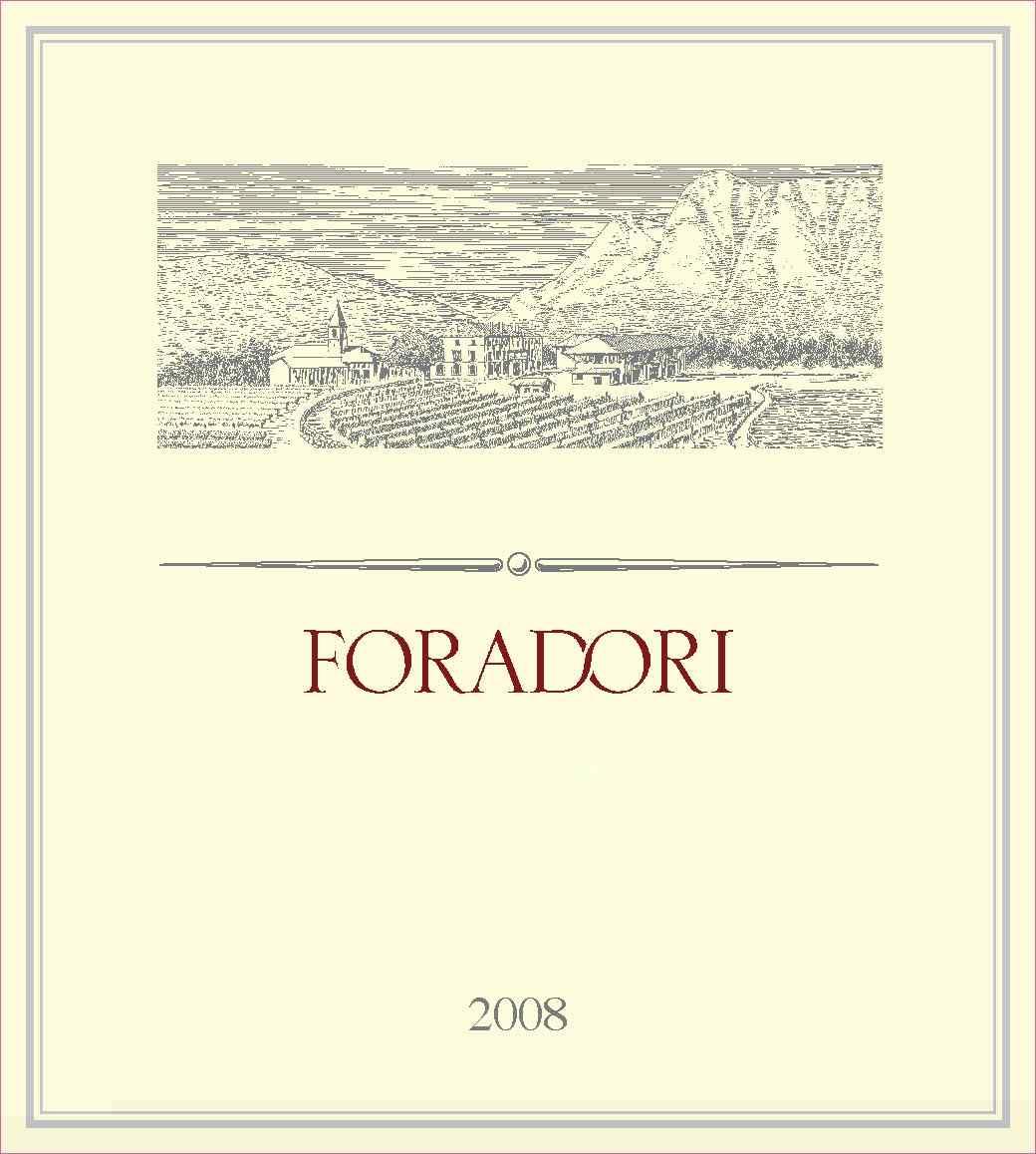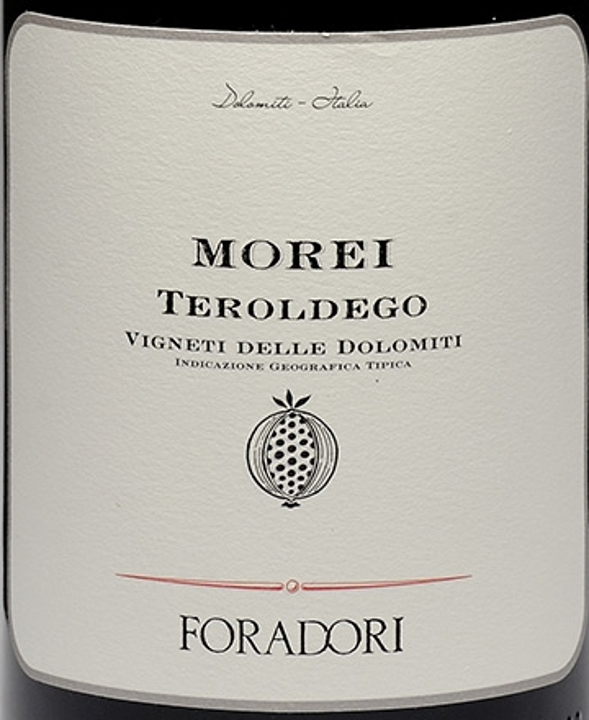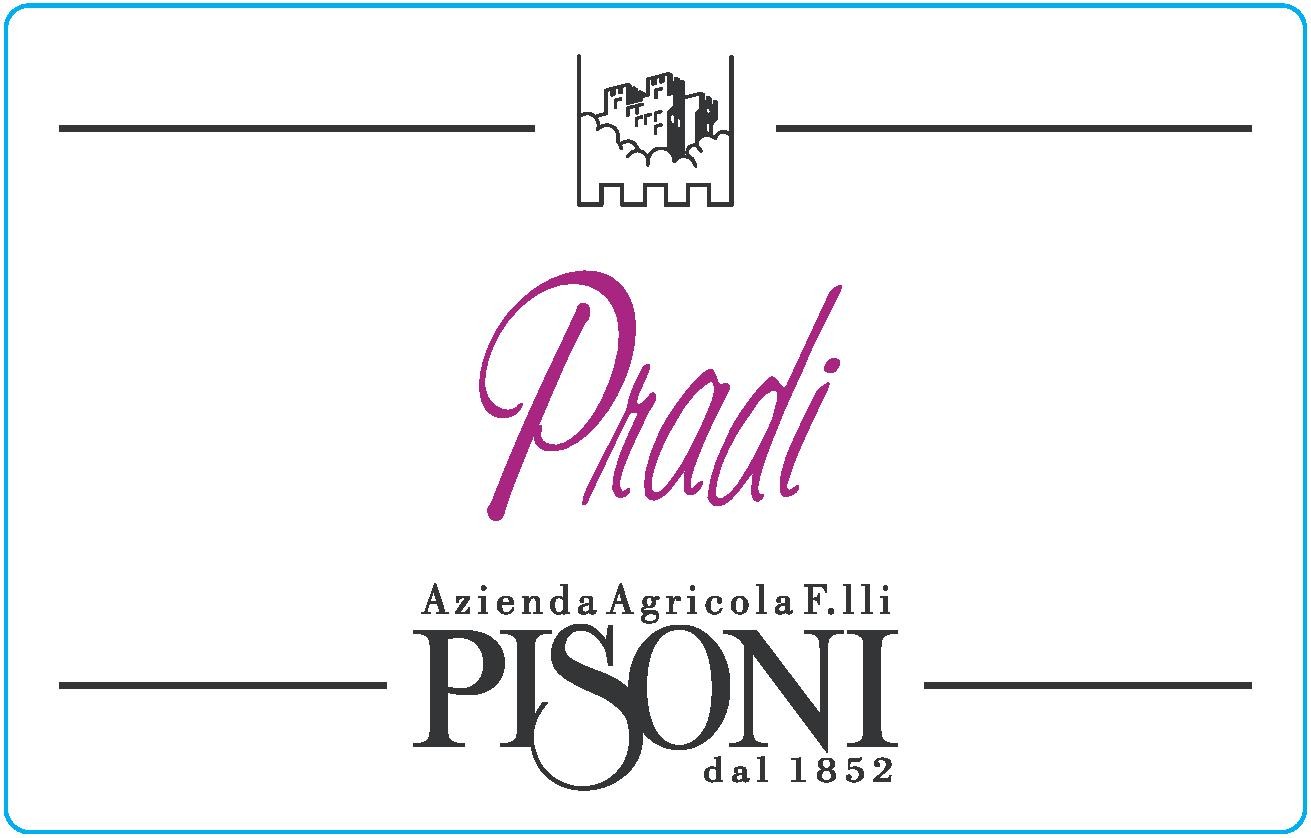Characteristics of Teroldego
Teroldego stands out for its deep color, thanks to thick-skinned, blue-black berries loaded with anthocyanins and a pulp with a neutral flavor. The grapes form medium to large, elongated, semi-compact clusters and show notable vegetative vigor, requiring careful training systems like Trentino pergola, Guyot, or VSP to manage quality.
Its structure and energy are shaped by the unique terroir of Campo Rotaliano, with alluvial soils, heat accumulation, and protection from cold winds playing key roles. While Teroldego resists winter cold and late spring frosts, it is susceptible to botrytis, acid rot, and rachis desiccation, yet when handled with care, the wines are approachable young and can develop added complexity with age.
What Does Teroldego Taste Like?
Teroldego is an intriguing red grape variety from northern Italy, known for producing wines with vibrant acidity and deep, inky color. On the nose, Teroldego typically offers intense aromas of black cherry, plum, violet, and hints of earth and spice.
The palate is medium-bodied, featuring juicy dark fruit flavors, lively freshness, and subtle mineral notes, often complemented by moderate tannins. Teroldego wines are versatile, enjoyable both in their youth for their fruit-forward charm and with some age for added complexity.
Notable Region Teroldego Grows In
Teroldego’s character is deeply rooted in its native region, and few places outside its homeland have matched its signature style due to the grape’s sensitivity to local soils and climate.
-
Campo Rotaliano (Trentino-Alto Adige, Italy): This historic area, with its mineral-rich alluvial soils and cool mountain air, remains the gold standard for Teroldego, yielding wines of clarity and depth.
-
Teroldego Rotaliano DOC (Trentino, Italy): This denomination is dedicated to Teroldego, producing wines in styles such as Rosso (also called Rubino), Superiore, Riserva, and Kretzer (rosé), all expressing a strong sense of place.
-
California (USA): Though plantings are limited and results vary, some producers experiment with Teroldego, but the grape’s adaptability outside Italy is modest and its style differs from traditional examples.
-
Australia (McLaren Vale, Margaret River, Alpine Valley, Langhorne Creek, Murray Darling – Victoria): Select vineyards are trialing Teroldego, with wines reflecting the warmer climates and distinct soils, but production remains small.
-
Brazil: Teroldego is also grown in Brazil, though on a limited scale, further highlighting its international curiosity and the challenges of replicating its Italian benchmark.
Food Pairings
Teroldego is a versatile red wine that shines alongside a variety of hearty dishes, elevating both the meal and the glass.
-
Rich meats and game: Teroldego’s lively acidity and firm tannins complement bold proteins like venison, chamois, roasted or grilled beef and lamb, as well as pork or roasted poultry, enhancing savory flavors without overpowering them.
-
Hearty pastas and Alpine classics: The wine’s structure and fruit elevate dishes such as wild boar ragù, goulash, polenta, dumplings, casseroles, and robust meat sauces, making each bite more memorable.
-
Cheeses, charcuterie, and beyond: Aged Alpine cheeses and cured meats like salami pair beautifully with Teroldego, while richer fish dishes, spiced foods, and couscous with raisins reveal the wine’s impressive versatility.


